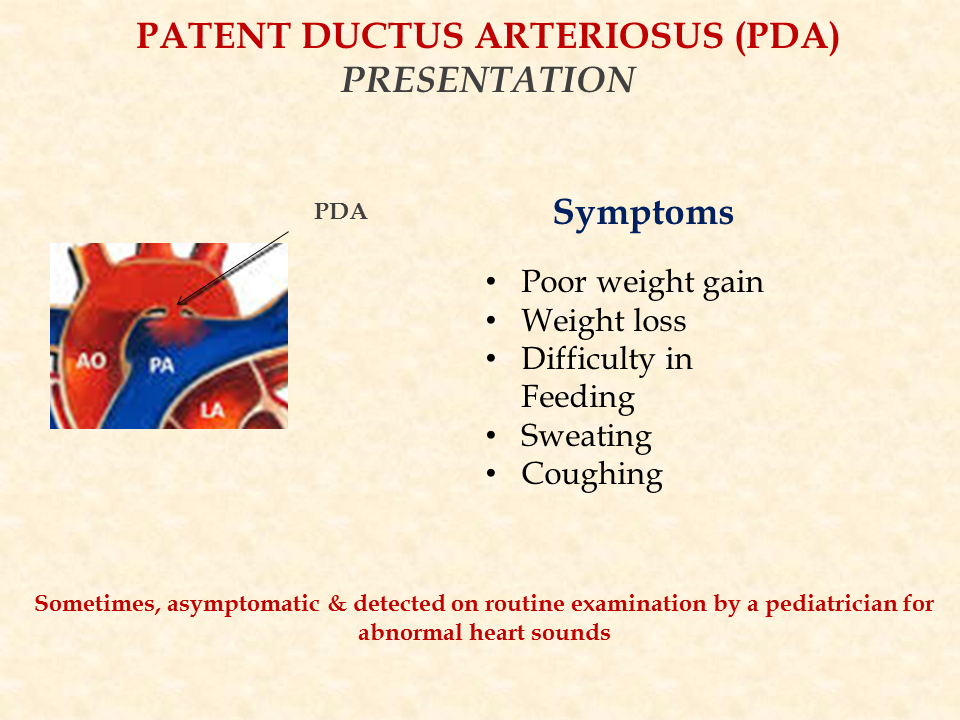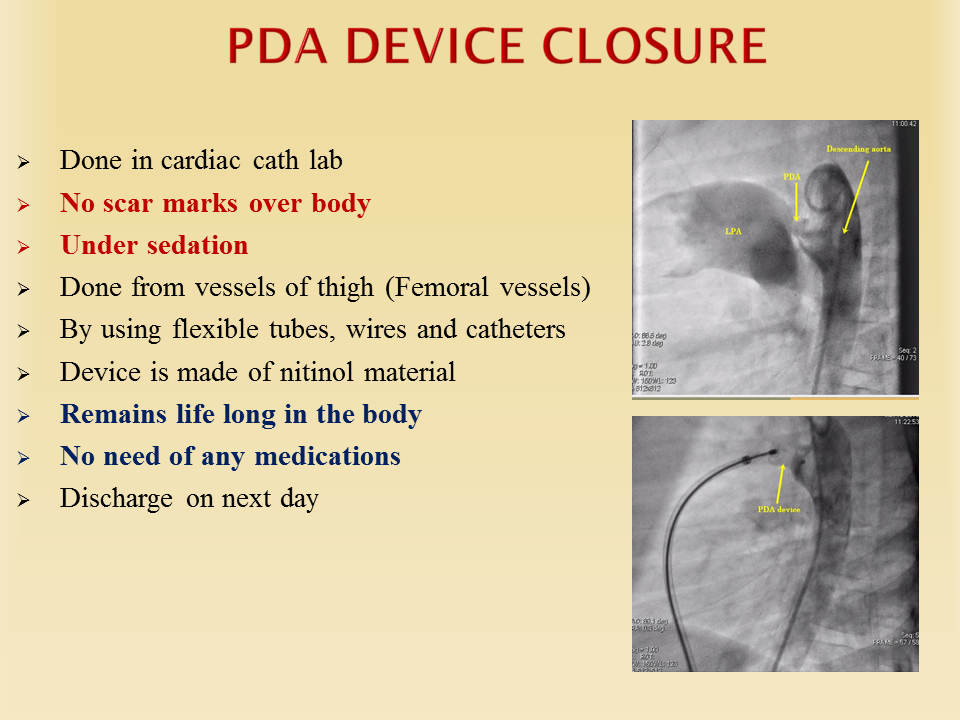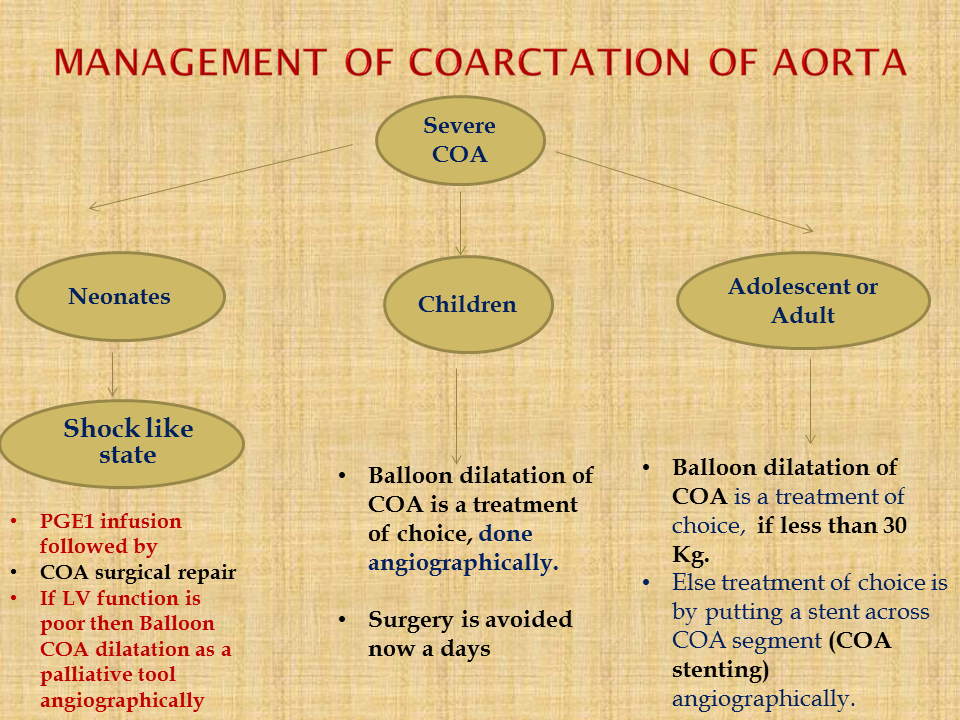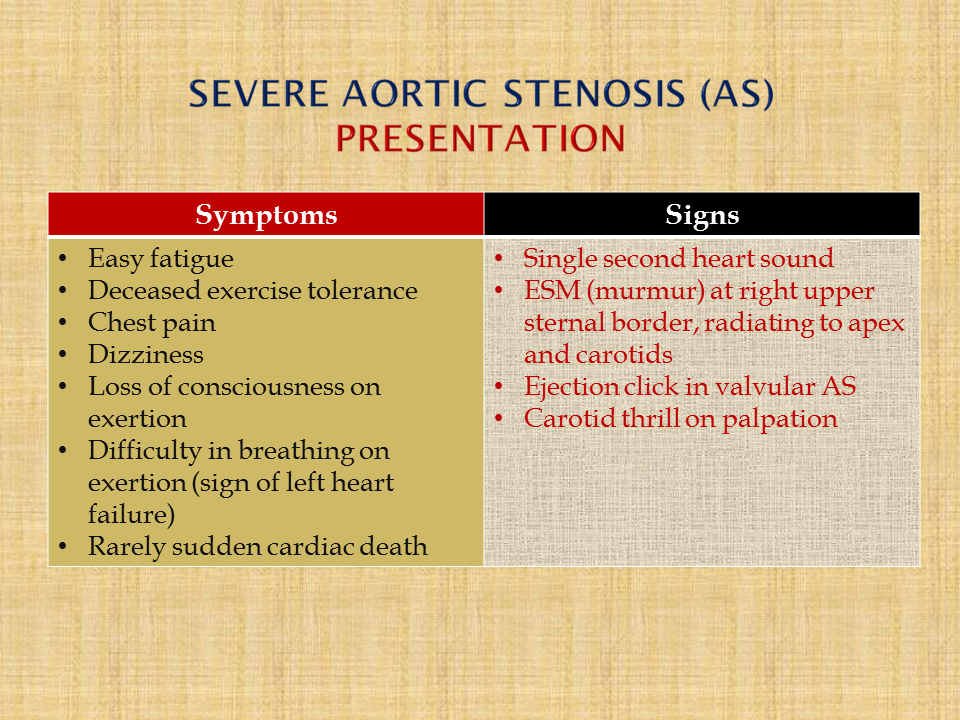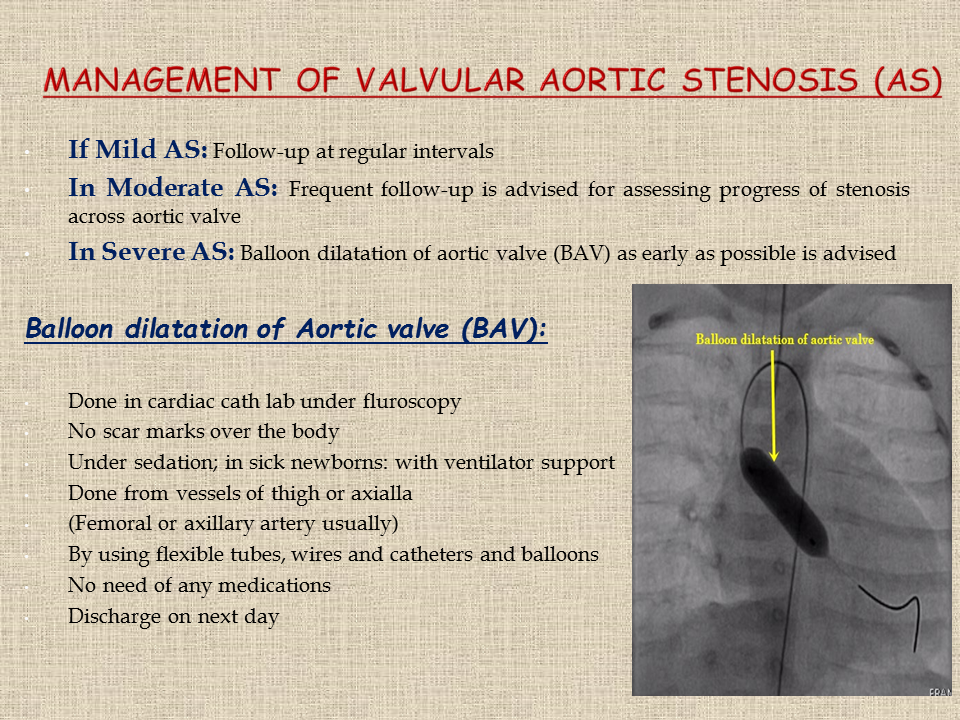Hypertrophic cardiomyopathy (HCM/HOCM) is characterized by thickening of heart walls with no cause clinically. This can results in poor capability of the heart for pumping of blood forward to the body. It is a genetic disease. Symptoms Child can be asymptomatic…
Continue Reading→Infective endocarditis refers to infection of heart endocardium mainly the valves. It can affect various organs of the body like kidney, brain, spleen, lungs, skin, eyes etc. Usually caused by bacterial infection but can also be infected by fungus and…
Continue Reading→It is characterised by damage of heart structures by Rheumatic fever. Generally affected cardiac structures are mitral and aortic valves. This can results in either severe narrowing or severe leak of the valves. This can be detected either as an…
Continue Reading→Long QT syndrome (LQTS) is characterized by abnormality in repolarization of the heart leading long QT interval. Long QT can occur due to noise, exercise etc. Long QT syndrome can be present at birth or can be seen in older children.…
Continue Reading→Single ventricle means that one of two ventricles (lower chambers of heart) is very small in size. Examples of single ventricle related congenital heart diseases are: Double inlet ventricle (commonly left ventricle) Heterotaxy syndromes (complex cardiac anomalies) HLHS (Hypoplastic left…
Continue Reading→It depends on age, maturity of newborn, weight of baby and the size of PDA. Preterm Babies: Preterm babies especially less than 1500 grams (1.5 Kg) can present as signs of heart failure, multiple episodes of apnea, dependency on oxygen/ventilator…
Continue Reading→PDA treatment in babies depends on maturity level and weight of babies. Preterm babies needs conservative followed by drug treatment and if these measures are not successful then surgical ligation of PDA or if suitable the PDA can be closed…
Continue Reading→Coarctation of aorta can be managed either by drug treatment or by balloon dilatation/stenting in cath lab or by surgery. Drug therapy is meant only for controlling the high blood pressure. In newborn period, surgery is the treatment of choice.…
Continue Reading→There is a great vessel in heart known as aorta which supplies pure blood to different parts of the body. Aorta is having a valve at its origin. When there is an obstruction either at the level of valve, below…
Continue Reading→Treatment depends on “age of presentation” as well as on “severity of obstruction”. Newborn babies with severe aortic stenosis are generally present in shock and will need urgent balloon dilatation of aortic valve after birth. Child with mild to moderate…
Continue Reading→

